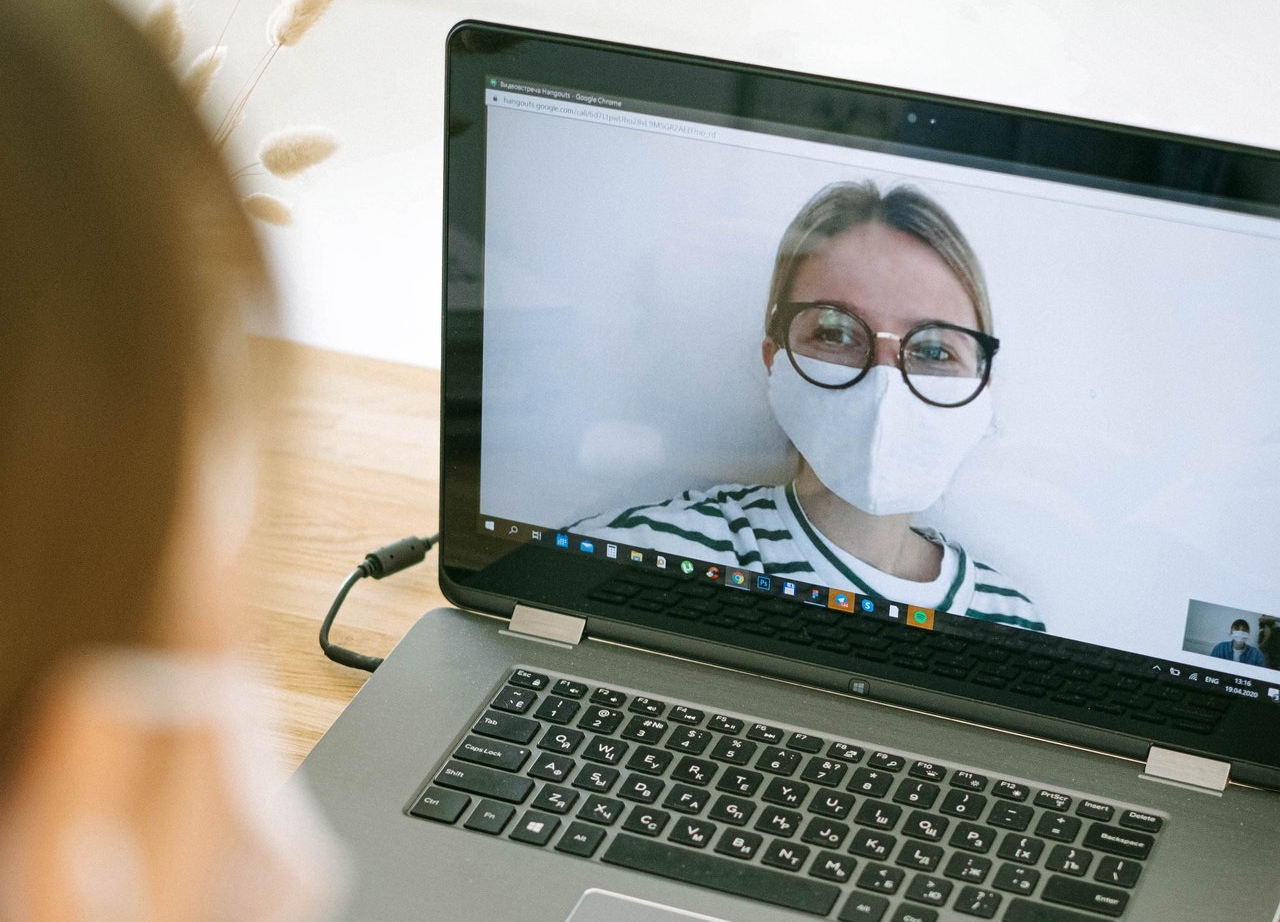
The COVID-19 pandemic spurred a dramatic shift to telemedicine for outpatient health visits. In Health Affairs, health care policy research fellow Sadiq Patel, PhD, assistant professor of health policy and management at the Harvard T.H. Chan School of Public Health Michael Barnett, MD, MS, associate professor of health care policy Ateev Mehrotra, MD, MPH, Henry J. Kaiser Professor of Health Care Policy Haiden A. Huskamp, PhD, and colleagues discuss the use of telemedicine across patients and specialties during the coronavirus pandemic.
The study examined total outpatient visits and telemedicine use during the COVID-19 pandemic across patient demographics, clinical conditions, and clinician specialties in a database of 16.7 million commercially insured and Medicare Advantage. They found that 30.1% of all outpatient visits were conducted via telemedicine during the pandemic and that the number of weekly visits increased twenty-three-fold compared to pre-pandemic appointments.
Prior to the pandemic fewer than 2% of specialty care providers, with the exception of mental health care providers, delivered care through telemedicine. During the pandemic, telemedicine was used at least once by half or more of clinicians across several specialties- the highest rate being among endocrinologists who performed 67.7% of their appointments via telemedicine.
This increased use of telemedicine raises concerns about the health disparities facing disadvantaged populations who do not have access to the necessary broadband and smartphone technology required for telemedicine appointments. Enrollees in counties with lower rates of poverty had a greater percentage of telemedicine appointments- 31.9% versus only 27.9% in counties in the highest quartile of poverty.
Although use of telemedicine increased during the pandemic, every segment of the health care system experienced a drop in the overall volume of care, including important common chronic conditions such as diabetes and hypertension. The authors warn that decreased preventative care could lead to worse downstream health outcomes if more patients experience poor control of their disease.